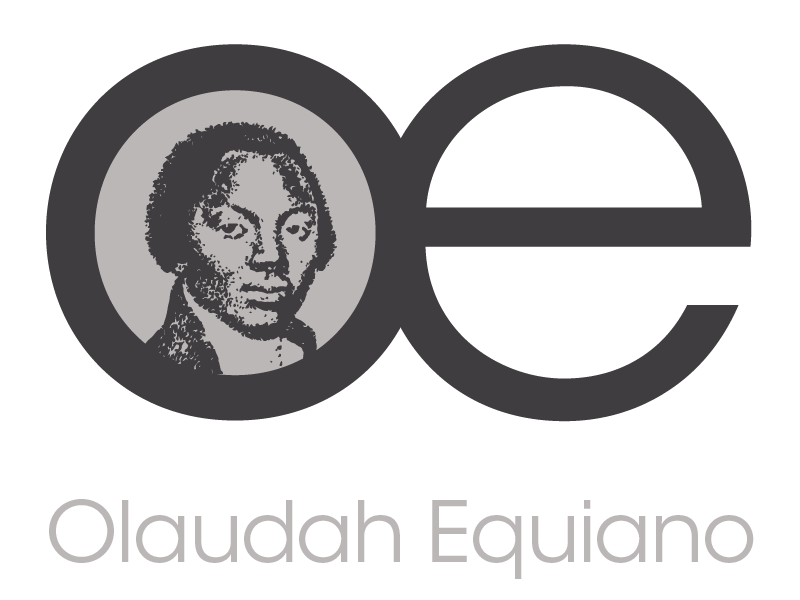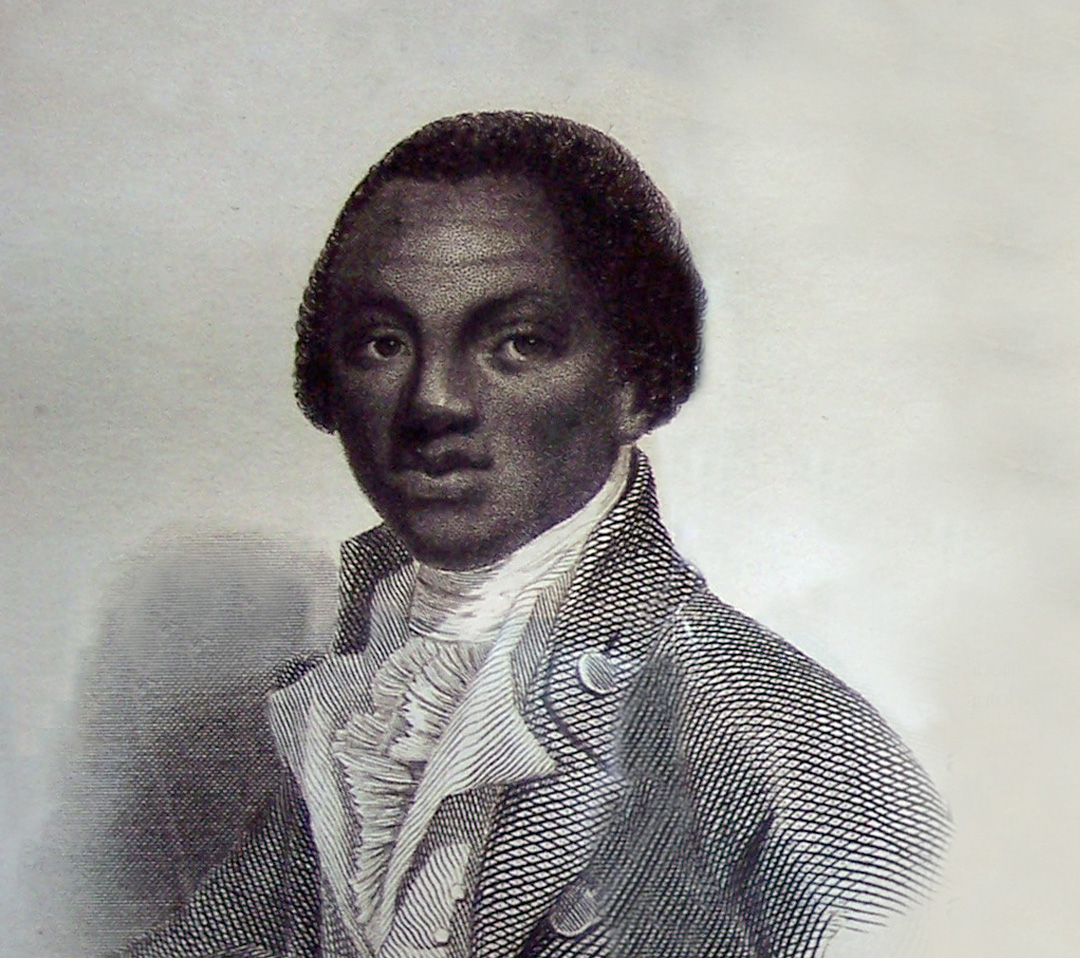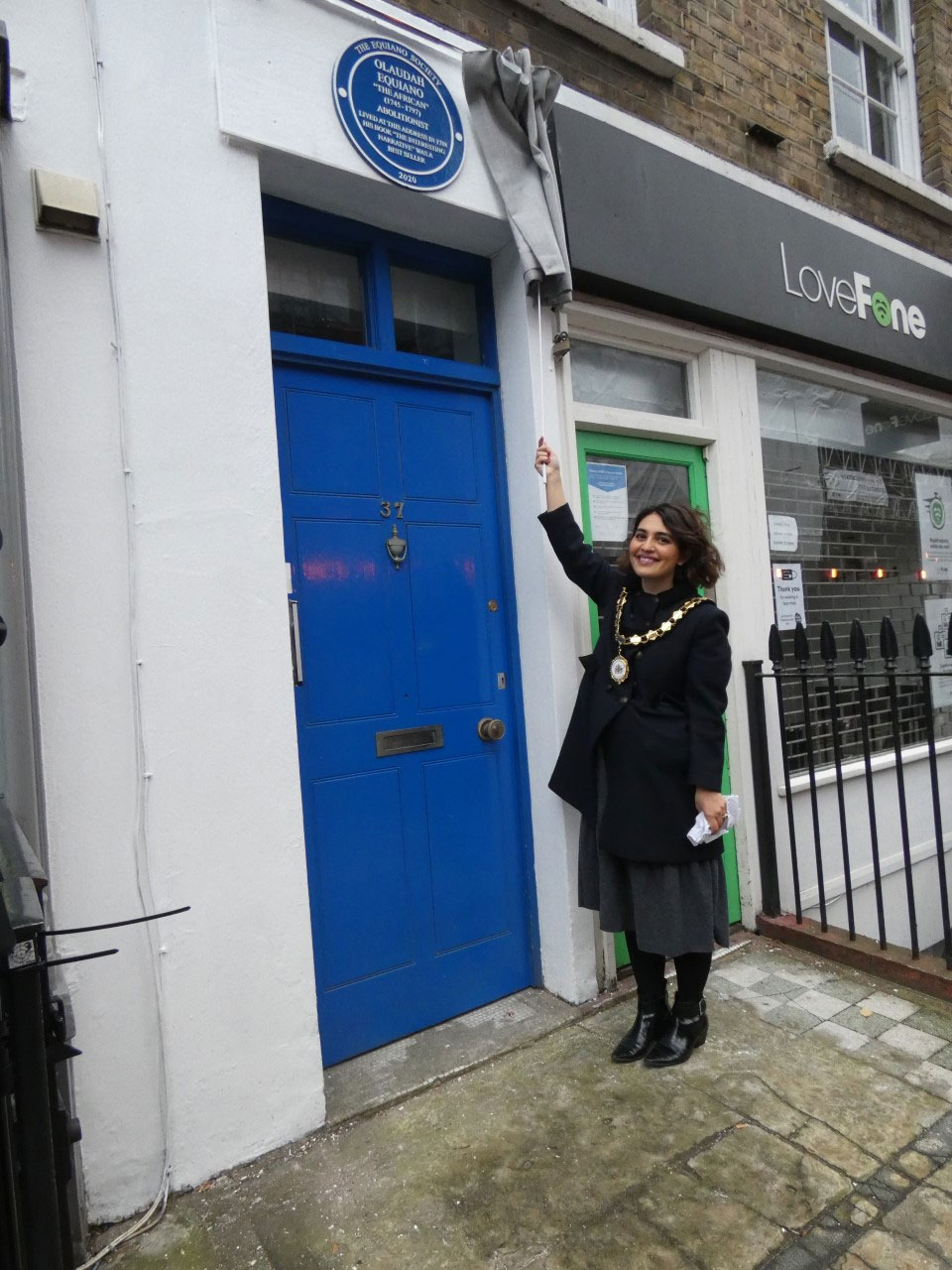About Equiano
Olaudah Equiano rose to prominence in the late 18th century as the leading black campaigner for the abolition of the transatlantic slave trade. His book “The Interesting Narrative of the Life of Olaudah Equiano or Gustavus Vassa, the African” was one of the earliest firsthand accounts of life in Africa, the horrors of the Middle Passage and enslavement. The book was an important tool in the abolition campaign and remains relevant today as a fascinating historical document and an inspiring story of success against the odds.
Equiano’s peaceful and pleasant upbringing in West Africa was shattered when he was kidnapped and enslaved at about the age of 11. Transported to the Caribbean, then to Virginia (North America), Equiano was resold to Michael Henry Pascal, a Royal Navy lieutenant who renamed him Gustavus Vassa. Equiano spent his teenage years onboard Naval ships engaged in the Seven Years War against France. During that time Equiano had the opportunity to educate himself, learning to read and write.
Resold by Pascal, Equiano was taken to Montserrat, in the West Indies, where he was purchased by a Quaker named Robert King. Recognising Equiano’s skill and ability, King gave Equiano a position of responsibility working in his stores and trading goods around the West Indies and the Atlantic coast of North America. This role enabled Equiano to engage in additional trading for his own benefit and over three years he saved more than forty pounds, enough to buy his own freedom from King.
As a freeman Equiano returned to London and continued to work aboard ships throughout Europe and further afield. In 1773 Equiano took part in a voyage to the Arctic in a failed attempt to find a northern passage to India.
During the 1780’s Equiano became involved in the campaign for the abolition of the transatlantic slave trade. In 1782 he brought the Zong massacre, in which 133 slaves were thrown overboard, to the attention of campaigner Granville Sharp. Equiano self-published his narrative to much acclaim in 1789 and spent several years touring the country to promote the book, including a visit to Birmingham in 1790. ‘The Interesting Narrative’, was a best seller, and went to nine editions in Equiano’s own lifetime.
In 1792 Equiano married Susanna Cullen in Cambridgeshire and they had two daughters. Susanna died in February 1796 and just over a year later on 31 March 1797 Equiano passed away in London, he was about 52. Ann Maria, the eldest daughter, died just months after Equiano; the younger daughter Joanna went on to inherit Equiano’s fortune of £950 (worth perhaps £100,000 today) and survived into adulthood.

Timeline of Equiano
(key dates)

© Equiano 2023





